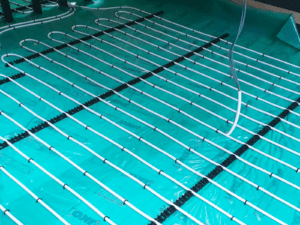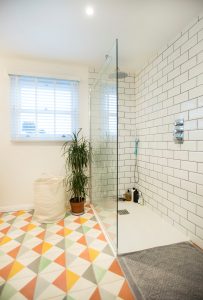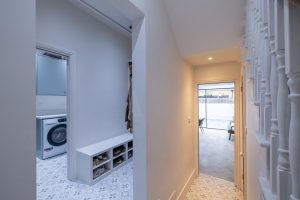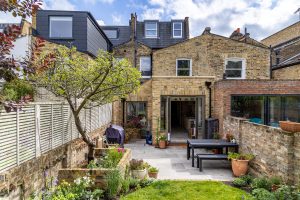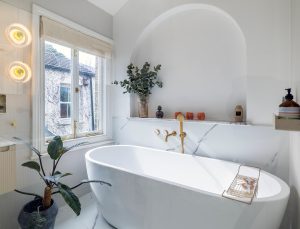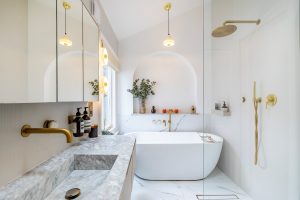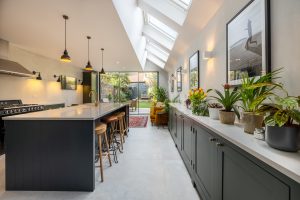The benefits of good design are plenty; as proven by the positive impact of buildings such as Maggie Centres. With the potential to improve productivity, mood, social interaction, physical and mental health; designers must continue to work on behalf of the public to optimize our collective quality of life.
Architecture has an undeniable impact on our lives. From the buildings we inhabit, to the ones we walk past and barely acknowledge, to the places we work; architecture can shape our mood, perspective, and also our well-being. Whilst external factors such as genetics, idiosyncratic memories, and lived experience can all affect how an individual may respond to their surroundings, numerous studies have explored how the built environment can also alter our behaviours, mood, physical health and even decision making.
Our lifestyles have adapted over time as increasingly we are spending a substantial time within buildings – In the UK, this was particularly evident during the Covid-19 lockdowns from 2020-22. As such, it is increasingly more important to consider the ways in which the buildings we walk past, live, and work in, affect us.
A range of studies by neuroscientists & psychologists have explored the impact that visual properties of built environments have on humans. Some research has suggested that enriched environments cause higher levels of brain activation, leading to molecular changes for neuronal function and neuroplasticity. Other studies have looked at the impact of rooms with linear geometries, furnishing styles and context, materiality and texture.
Wooden rooms appeared to result in less stress & tension in one study Zhang et al. (2017), linear rooms were less pleasurable for participants of one study (Banaei et al., 2017), whilst another suggested that high ceilings were more beautiful and lower ceilings encouraged an emotional reaction to exit the space (Vartanian et al., 2013, Vartanian et al., 2015) .
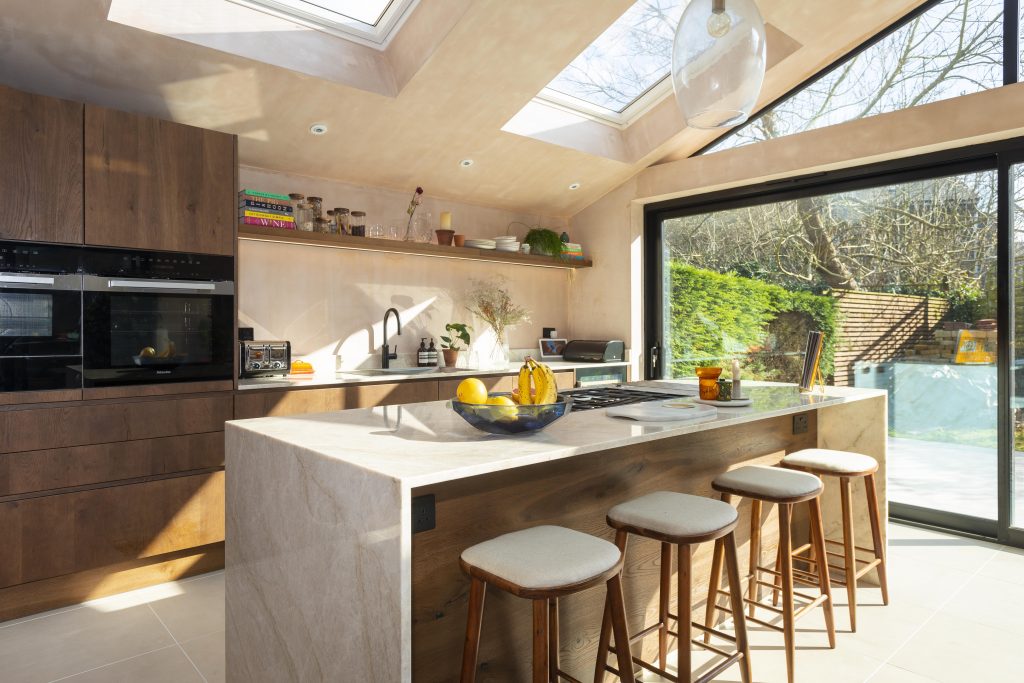
Comfort variables, such as thermal comfort, lighting, humidity, airborne contaminants, acoustics, airflow and ventilation can hugely impact human physiological comfort. Design characteristics such as colour, shape, texture and scale have a capacity to alter emotion.
Architectural design can encourage physical activity by stimulating circulation through a space. When considering good Urban design; sidewalks, pleasant streets and aesthetically pleasing scenery can encourage walking and movement. Circulation can also encourage social interaction, which can in turn positively impact mental and physical health.
The smallest details of a design, such as the location of a toilet, can reduce the impact of stress on an individual. The creation of quiet zones can alleviate stress & anxiety. Green spaces can promote happiness, relaxation and increase productivity.
Spaces that act as continuous stimuli such as one’s home or place of work can induce changes in the brain. Chaotic environments can cause negative long-term changes in the brain and health. Thus, people living within cities generally have more mental health conditions than those who live in rural areas.
Considerations such as a better flow of movement within a space, ergonomic and anthropometric furniture, natural light to produce serotonin, sensory stimulation, calming building facades and a meticulous, rigorously conducted design process can result in a much-improved environment.
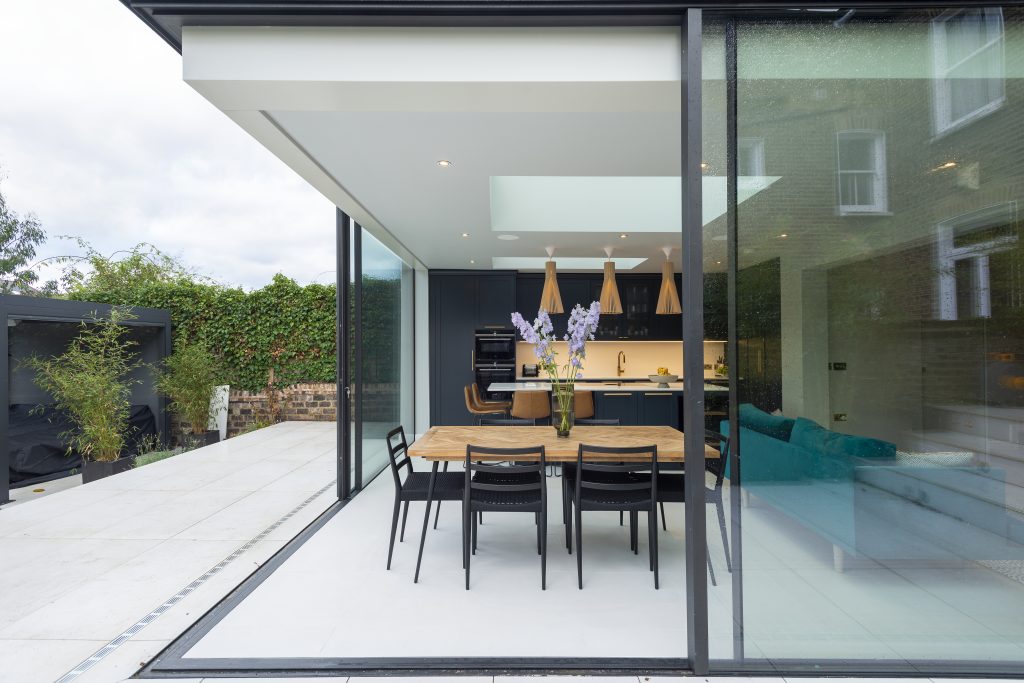
In future, psychology-based insights can alter how cities are built. Science and research can assist in the transformation of our lived spaces by identifying the design techniques which most significantly improve our quality of life. With advances in technology, we can better model buildings to be as comfortable and well-designed as possible in addition to being built in the most sustainable way.
Currently, there is no standard for designing buildings to optimize their impact on the physical and psychological well being of those who live and work within them, or those who walk past these buildings from day to day. However, research has indicated the impact that texture, light and design can have, and thus designers must continue to consider how sound, light and materials etc used might impact the individuals who must interact with their buildings, in addition to the environmental considerations which must be impacted for the wider benefit of society.


